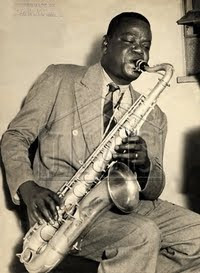Stardust - A Meeting Of The Giants
What happens when choro musicians get together in an informal setting? They play together and exchange experience regarding their instruments and playing technique. This is not 'small talk', not even among famous and well known musicians with a stellar career. Why not? Because choro is a serious thing that has to be refined to be kept alive at its best, all the time. Keeping this virtue in mind does not exclude 'having fun' and learning from each other, the result often is magic when the participating musicians 'cut loose' and just play for their own enjoyment to the benefit of the music. This is the way 'stardust' is generated, and how lucky we are to have the chance to have a view of such a meeting of the giants, who know their stuff inside out.
Recently the young bandolim player of the Choro das 3, Elisa Meyer, met with Hamilton de Holanda and Mike Marshall informally, the event luckily was recorded. The first video features Elisa and Hamilton
The second video from the same event features Elisa and Mike Marshall - enjoy!
Recently the young bandolim player of the Choro das 3, Elisa Meyer, met with Hamilton de Holanda and Mike Marshall informally, the event luckily was recorded. The first video features Elisa and Hamilton
The second video from the same event features Elisa and Mike Marshall - enjoy!
Jo




